We’re pleased to bring you the second in a series of candid, in-depth interviews with this year’s Sirens Guests of Honor. We’ll cover a variety of topics relevant to Sirens with each author, from their inspirations, influences, and craft, to the role of women in fantasy literature and forms of resistance in both the craft and industry, as befits our 2015 focus on rebels and revolutionaries. We hope these conversations will be a prelude to the ones our attendees will be having in Denver this October. Today, Amy Tenbrink interviews Yoon Ha Lee.
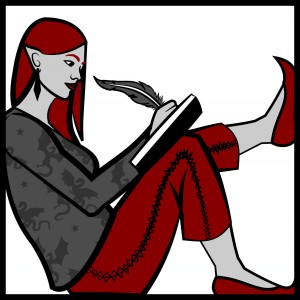
AMY: Your published work is primarily short stories and even flash fiction. What draws you to these shorter forms? How do you think working with shorter forms differs from working with longer forms? I’m thinking especially of your skill in creating boundless secondary worlds in only a few pages and terrifically high stakes in only a few words.
 YOON: My original thought writing short stories was due to the conventional wisdom (as far as I understood it when I was in 6th grade reading what were possibly dated how-to-write advice books out of the library) that you should start with the magazines and work your way up to eventually trying to sell novels. What I should have realized was that you learn how to do something by doing it, so that if I wanted to learn how to write a novel, I should have practiced writing novels. (Which, actually, I did, although they were terrible, as you might imagine of anything written by a typical high schooler.)
YOON: My original thought writing short stories was due to the conventional wisdom (as far as I understood it when I was in 6th grade reading what were possibly dated how-to-write advice books out of the library) that you should start with the magazines and work your way up to eventually trying to sell novels. What I should have realized was that you learn how to do something by doing it, so that if I wanted to learn how to write a novel, I should have practiced writing novels. (Which, actually, I did, although they were terrible, as you might imagine of anything written by a typical high schooler.)
What I like about short stories is that they are very good if you want to focus on idea or concept. Orson Scott Card has a framework in some book of his on writing on how most stories are primarily about one of MICE—Milieu, Idea, Character, or Event (plot). (I have differences of opinion with Card, but I don’t see why that should prevent me from learning from him; his books on writing are quite good.) At short story length, it’s difficult to go into depth about a character, and there’s only so much plot you can cram in, but science fiction and fantasy especially are very good at allowing you to explore a single idea and its consequences. There might be examples of Milieu stories but I can’t think of them offhand.
You don’t have room to waste in a short story, and even less so in flash fiction, especially flash fiction of, say, 300 words. Part of this is market considerations. Over 7,500 words it rapidly becomes annoying to find homes for stories, so I try to stay below that length, which means efficiency becomes key. If you need to edit a short story down by 200 words, then you trim adverbs. If you need to edit it down by 2,000 words, you have to start killing subplots–editing the structure, not the small fry. (Although the small fry goes too.)
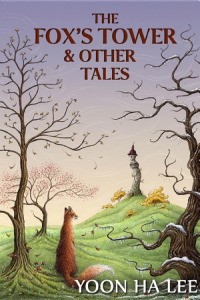 Mostly, the difference between shorter and longer forms also seems to be in the kinds of structures you can get away with. You have space at novel or novelette length for character development especially, which is something I’m keen on learning to do; you can braid together viewpoints in ways that are hard to pull off at shorter lengths. At the same time, it seems to me that it’s easier to sell more “experimental” forms at shorter length because they can be exhausting to read at longer lengths. My go-to example for this is second person. I love second person—my first sale was a second-person story—but I would not, personally, want to write a novel in it. Certainly it can be done! But I would hesitate to tackle it myself.
Mostly, the difference between shorter and longer forms also seems to be in the kinds of structures you can get away with. You have space at novel or novelette length for character development especially, which is something I’m keen on learning to do; you can braid together viewpoints in ways that are hard to pull off at shorter lengths. At the same time, it seems to me that it’s easier to sell more “experimental” forms at shorter length because they can be exhausting to read at longer lengths. My go-to example for this is second person. I love second person—my first sale was a second-person story—but I would not, personally, want to write a novel in it. Certainly it can be done! But I would hesitate to tackle it myself.
I attended Viable Paradise VIII and one of the valuable lessons I received there came from James Macdonald in a lecture on how to suggest a setting. He gave the example of a dollhouse with paths leading all the way up to the edge of the lawn. (Lawn? Garden? It was something like that.) Basically, the metaphor was that if you suggest something outside the actual dollhouse, people will fill it in with their imaginations. You don’t have to describe everything. Just sketch in the outlines and people will do the rest. The key is to pick a couple of vivid details so that the reader has a kind of template for the rest of the setting. For example, if I talk about a garden full of “snow-laced birds,” that’s going to give a different impression than a garden overshadowed by “white birds of cutting mien.” These are terrible examples, but you get the idea.
As for stakes, the weird thing about universe-destroying stakes (not to poke too much fun! I watch Avengers movies too) is that you have to humanize them. My background is in mathematics (BA) so I am familiar with some of the way that human beings just cannot conceptualize numbers in relation to each other without some kind of aid. We are better able to relate to the deaths of three people we know than 3,000 we don’t partly because of the thread of connection, but partly because our brains don’t handle even mildly large numbers. (And, I mean, compared to the kinds of numbers they throw around in cosmology, 3,000 doesn’t rate!) When I want the reader to connect to the stakes, I try to make sure that there’s an actual character involved so that they can see the effects.
AMY: In several interviews in the past few years, you’ve stated that you often build stories as theorems to be proven (A+B=C, so therefore, what is A?) or technical challenges to be overcome (first-person plural, if you please). As a reader with an especial penchant for logic, I’m both utterly fascinated and not a bit surprised: I tend to find that your work comes with a certain logic or even inevitability–even though I don’t usually see it until the end, after my mind has been well and truly blown. Would you talk a bit about how this approach works for you in practice?
YOON: Part of this came about as an unexpected side-effect of majoring in math! And I wasn’t originally a math major; I started out as a history major, then switched into computer science so I wouldn’t starve, then switched into math when I realized math was more fun and I sucked at debugging. History is also a good foundation for writing, but as I said, I wanted to eat. Anyway, many people are under the impression that math is primarily about calculation, but that’s only one small part of math, the application of things like arithmetic or calculus. I was more drawn to pure math, and pure math is about argumentation—proof—rather than sitting there computing things. Some of the other math majors and I would joke that the only numbers we ever saw in our courses were 0, 1, pi, and infinity. (This wasn’t entirely true, but…)
In any case, in a good proof you lay out your axioms, you argue from them, you come to a conclusion, and you try to do this in an elegant and convincing manner. I don’t think this is the lesson that my math professors intended me to take from their classes, but I thought of this as a framework for storytelling. Certainly it is not the only framework for storytelling. It is, in a sense, story as a didactic entity—essay with a thin dressing of narrative. I like reading things with this sort of structure because they’re easier for me to follow, although I should note that I also enjoy very disparate types of fiction, including dreamlike narratives like Patricia McKillip’s novels, or Alan Lightman’s Einstein’s Dreams.
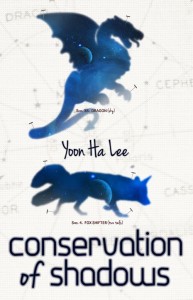 The other reason I came to this method of writing was that for years I did the headstrong and stupid thing of starting stories without knowing where I was going or what they were about, and then coming to a dead halt because I had no idea what I was doing. If the method had worked then that would have been fine, but it became clear that it wasn’t working. Once in a while I’d finish a story; more often I’d end up with another half-written digital corpse. So I switched methods. I decided to switch to a proof-like method of writing, where I wanted to know what the “theorem”—the conclusion or ending—was in advance, and then I would work out what I needed in order to get there.
The other reason I came to this method of writing was that for years I did the headstrong and stupid thing of starting stories without knowing where I was going or what they were about, and then coming to a dead halt because I had no idea what I was doing. If the method had worked then that would have been fine, but it became clear that it wasn’t working. Once in a while I’d finish a story; more often I’d end up with another half-written digital corpse. So I switched methods. I decided to switch to a proof-like method of writing, where I wanted to know what the “theorem”—the conclusion or ending—was in advance, and then I would work out what I needed in order to get there.
Please don’t think, from this description, that my writing process itself is neat! I spent a brief period as a high school math teacher, and I think one of the disservices math teachers often do their students is that they don’t show that the process of problem-solving can be messy and involve dead-ends, so that students get discouraged when their efforts aren’t “perfect” from the get-go. Certainly when I was an undergraduate working on problem sets, I would write out pages and pages of dead ends and go around in circles and copy out lemmas until I finally got the key insight I needed. Then I would rewrite the results into something comprehensible to the T.A. For me, writing is much the same. When I am in the early stages of a project, I thrash around and I half-write a bunch of openings and throw them out and whine to my husband (my husband puts up with an awful lot of whining) and beg him to plot-doctor my incoherent notes based on a set of conflicting desiderata. And after all that, a story emerges. The end product sometimes looks neat, but the process by which I got there—anything but.
As for technical challenges, I have something of an adversarial mindset, which got me into trouble when I was a student. If you tell me that something should not be done in such-and-such a way, then I want to know why, and I am apt to try it for myself to find out why the hard way. I believe strongly that sometimes the only way to learn to fly is to throw yourself off some cliffs until you figure it out. This doesn’t work in real life (well, unless you’re a bird maybe, which I am not), but in writing, you have nothing to lose. You don’t die if the story fails to work. At worst, the story doesn’t work and you have learned something new about writing. If an idea appeals to me, even if it’s completely cracked out, I may as well try it. And this is how I end up writing in second person and first-person plural and other things besides.
AMY: Your inspirations range widely: music, linguistics, war, math. What attracts you to certain elements? What are some sources of inspiration for you that readers might find surprising?
YOON: The embarrassing truth is that I get bored easily, so I flit magpie-like from hobby to hobby, and all of this eventually funnels into the writing. The inspirations you mention above are ones that I keep returning to. I loved music before writing; I have perfect pitch and I like to compose as a hobbyist (chamber orchestra, piano, electronica). Every so often I get out my keyboard and fool around on it, but I miss the days when I played viola in my high school orchestra. I also triggered airport security back in the mid-‘90s once, as a kid, because I was carrying half a dozen harmonicas. I guess it was all that metal! (I don’t remember why the harmonicas couldn’t have gone into checked luggage.)
Linguistics fascinates me because I love languages, although I have given up on my long-ago ambition to learn all the languages; there’s not enough time and my brain is tired. My first language was Korean, which is not remotely similar to English, but I am no longer fluent in Korean, and I can only stumble through interactions in it, with vocabulary limited to household phrases like “Where are the chopsticks?” I took French in middle and high school, and German and Latin in college, and am currently struggling to pick up a bit of Japanese. Years back I used to play around with conlanging (constructed languages), which is where I learned most of the linguistics that I know at all. These days I don’t really use conlangs for writing because it’s just inefficient unless the whole point of the story is the conlang, but I do miss it.
I have been fascinated by war for a long time, although earlier on, when I thought I was going to focus on writing high fantasy, I concentrated on medieval European warfare. It’s only more recently that I’ve tried to learn more about war elsewhere. My father was an Army surgeon at one point and I attended two Department of Defense schools when I was a small child. Later on I grew interested in questions of military ethics alongside questions of strategy and tactics and logistics. I read probably more military history than any other single nonfiction genre, but a lot of this is the type of history that focuses on generals, or military food (I have a book with some very hair-raising recipes…), or technology. And alongside those books I keep a couple books that are about wartime atrocities and military ethics explicitly because they look at war from a completely different angle, and I feel it’s important to remind myself that numbers aren’t fighting each other, people are.
As for math, I’ve covered how it helped me structurally, but the other reason I switched into math was its sheer beauty. Math is the language the universe expresses itself in. And people have a window into it! It’s unbelievable. I regret sometimes that I didn’t pursue a doctorate, but it would have meant giving up writing for that period of time and in the end I couldn’t do it. In the meantime, I may not be a mathematician, but I try to show people a bit of what I glimpsed as a math major, the edifices of pure thought.
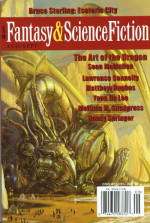 There are other inspirations I just flirt with. The reanimation system in “Bones of Giants” was based on my fascination with traditional 2D animation. I don’t draw well enough to attempt it myself, but I love reading about it, and I’m in awe of the skill involved. I also get inspiration from things like anime—the two characters in “Bones of Giants” are based on Heero Yuy and Duo Maxwell (gender-flipped to Sakera, female) from the anime show Gundam Wing—and video games like Planescape: Torment and Mechwarrior: Living Legends (a Crysis Wars mod). Tabletop roleplaying games too; “Combustion Hour” took some of its inspiration from John Tynes’ fascinating and disturbing fantasy/horror RPG Puppetland, and “Distinguishing Characteristics” was helped immensely by the example of Liam Liwanag Burke’s RPG Dog Eat Dog, which uses RPG mechanics to critique colonialism. I’m not sure it would be a fun game to play, but it’s certainly thought-provoking. “The Graphology of Hemorrhage” came out of a childhood fascination for those dreadful graphology books I used to find in libraries shelved next to the New Age stuff and which would claim to predict things like your bedroom predilections and whether you’re an introvert or extrovert from your handwriting slant. (Dreadful, but fun. I hunted down a bunch for my personal collection.)
There are other inspirations I just flirt with. The reanimation system in “Bones of Giants” was based on my fascination with traditional 2D animation. I don’t draw well enough to attempt it myself, but I love reading about it, and I’m in awe of the skill involved. I also get inspiration from things like anime—the two characters in “Bones of Giants” are based on Heero Yuy and Duo Maxwell (gender-flipped to Sakera, female) from the anime show Gundam Wing—and video games like Planescape: Torment and Mechwarrior: Living Legends (a Crysis Wars mod). Tabletop roleplaying games too; “Combustion Hour” took some of its inspiration from John Tynes’ fascinating and disturbing fantasy/horror RPG Puppetland, and “Distinguishing Characteristics” was helped immensely by the example of Liam Liwanag Burke’s RPG Dog Eat Dog, which uses RPG mechanics to critique colonialism. I’m not sure it would be a fun game to play, but it’s certainly thought-provoking. “The Graphology of Hemorrhage” came out of a childhood fascination for those dreadful graphology books I used to find in libraries shelved next to the New Age stuff and which would claim to predict things like your bedroom predilections and whether you’re an introvert or extrovert from your handwriting slant. (Dreadful, but fun. I hunted down a bunch for my personal collection.)
Then there’s the jam in “The Contemporary Foxwife.” Strawberry jam was one of the two Western foods my maternal grandmother deigned to learn to make. (The other was spaghetti and meatballs.) It was extraordinary jam, and while I have had many lovely strawberry jams in the United States, I have never had one that matched hers for intensity and sweetness. When I was a child, whenever I slept over at the old family house, I was permitted to go into the kitchen and collect a little dish of strawberry jam, nothing but the jam, and eat it with a spoon for my breakfast. I don’t know if my grandmother’s household ever had bronze fox spoons, but my mother told me once that she’d heard a story that during the Japanese occupation, the Japanese came by and confiscated all the bronze spoons, not because they were dangerous but because the metal was needed for the war effort.
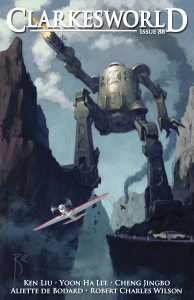 And the dolls in “Wine” came from a more recent hobby, ball-jointed dolls (BJDs), which I found out about because I follow the fairy/fantasy artist Amy Brown. At one point she was selling some used BJDs. I didn’t buy any of those, but I was struck by how beautiful (and, okay, expensive) they were. I did some research and eventually ended up buying four of my own. My husband thinks they’re creepy, which is a point in their favor. (My husband puts up with a lot.) I love how customizable BJDs are, and also how creative people get with them—you can change up the wigs, the eyes (I love that you can take out the eyes and put in new ones!), the clothes, make modifications to the dolls themselves (although if you’re doing this, please pay attention to the necessary safety precautions as resin dust is poisonous)…
And the dolls in “Wine” came from a more recent hobby, ball-jointed dolls (BJDs), which I found out about because I follow the fairy/fantasy artist Amy Brown. At one point she was selling some used BJDs. I didn’t buy any of those, but I was struck by how beautiful (and, okay, expensive) they were. I did some research and eventually ended up buying four of my own. My husband thinks they’re creepy, which is a point in their favor. (My husband puts up with a lot.) I love how customizable BJDs are, and also how creative people get with them—you can change up the wigs, the eyes (I love that you can take out the eyes and put in new ones!), the clothes, make modifications to the dolls themselves (although if you’re doing this, please pay attention to the necessary safety precautions as resin dust is poisonous)…
On a more frivolous level, any time you see a lizard in one of my stories, that’s a nod toward my daughter, who is now eleven years old. Her nickname is “the lizard” so it’s my way of acknowledging who’s in charge of the household!
AMY: You write diverse characters, including many smart, powerful, world-changing female protagonists. How do you choose and create your characters?
YOON: It’s interesting that you mention the female protagonists. I can’t remember when I started doing this, but it was a definite decision—I sat down at some point after I’d started publishing stories, and started counting how many POV/protagonist characters were male and how many were female. And now, how many are nonbinary, but I didn’t know about that then. (I’m working on it now.)
The thing about counting is that numbers are not the enemy. (Of course, a math major would say that.) My reasoning then and now is that if there’s some terrible imbalance in how I’m generating characters, I’m unlikely to be consciously aware of it. But once the story has been written, I can count up whatever statistics and see if they’re trending in a direction I’m happy with, and work toward a goal.
I’m trans and I identify as male and I find it somewhat easier to write male characters because that’s how I myself identify, and for this reason I will continue to sometimes write male characters, because it’s something I can permit myself to have that I am denied in real life, and I am not going to erase myself from my own writing. But at the same time, I feel it’s critically important for more female characters to appear in fiction. I have an eleven-year-old daughter and I want her to have more reading options showing smart, interesting girls and women; I don’t even bother looking for biracial protagonists in YA fantasy (my husband is Caucasian, so my daughter is biracial) because it just narrows the field too damn much when it’s hard enough to find the kid additional things to read and she does things like blowing through all of Harry Potter in a week. (We let her read pretty much anything that she is interested in reading, but we sometimes supply supplemental material.)
In any case, every so often I go through and make an inventory and see if there’s a particular category that I want to work on. Do I expect that the count will be balanced in every category? Frankly, no; I don’t expect to present equal representation in my own work. But I want there to be some representation in some categories, as an earnest of good faith, even if it’s a work in progress.
Sometimes when writing multiple characters, I’ll pick genders (say) for logistical reasons. If I have five characters, it’s unlikely I’ll write all of them as the same gender because of pronoun collision. Sometimes I go through a short story, say, and I’ve originally written certain characters in various combinations of gender or whatever, and then I’ve had to delete a character so it unbalances everything else, and then I have to go through and fix things.
I will add that I have in fact changed the gender of characters in drafts to deal with imbalances that I personally was not happy with. This causes massive proofreading problems because once I decide that, say, Kel Khiruev is a man, my brain forever believes that “he” is a correct pronoun for Khiruev, and won’t flag it as wrong even if it’s no longer currently correct. If I’m going to do something like this I usually flag it in a note to my beta readers so they aren’t confused (and so they can help me catch the stray pronouns!).
As far as roles played, I suspect that I have too much liking for genocide and military plots, so my characters do slant that way (generals, captains, fighters of all sorts). I recently turned in an adventure story for an anthology and it was so unsettling because the anthology wanted a more lighter-hearted, heist-like plot, so I went in for a thief as the protagonist. I never write thieves! Really, it comes down to what best suits the logistics of the plot. On rare occasion the character comes first, but it’s more usually the plot or concept, and then figuring out a character that intersects that plot or concept in a useful fashion.
AMY: In interviews, you’ve spoken about both assassinating the reader and cornering the reader, leading me to guess that you consider the reader almost an opponent—which, as a negotiator by trade, I respect deeply, and as a reader, I find delightful. Would you expand on how you view readers, and how you think (or like to think) that they’ll interact with your work?
 YOON: I feel odd admitting this, but part of my philosophy toward the reader comes from Sun Tzu’s Art of War, where I’m doing my best to control the “battlefield” by controlling what information the reader has. Of course, as the writer I have a certain advantage; especially since I tend to write secondary worlds, the reader only has the information about those worlds that I choose to give them, plus whatever they may deduce from those worlds’ similarity to our own. For example, if I give the general indication that the characters are human, then it’s unfair for me to suddenly spring on the reader that they actually reproduce by pollination two lines from the ending. (Unless it’s some kind of reproductive twist ending?)
YOON: I feel odd admitting this, but part of my philosophy toward the reader comes from Sun Tzu’s Art of War, where I’m doing my best to control the “battlefield” by controlling what information the reader has. Of course, as the writer I have a certain advantage; especially since I tend to write secondary worlds, the reader only has the information about those worlds that I choose to give them, plus whatever they may deduce from those worlds’ similarity to our own. For example, if I give the general indication that the characters are human, then it’s unfair for me to suddenly spring on the reader that they actually reproduce by pollination two lines from the ending. (Unless it’s some kind of reproductive twist ending?)
In any case, I generally tend to withhold information unless there is some good reason to give it, although this is not always a great way of going about it, because I am aware that I’m not as good at making my work comprehensible as I could be. But the thing is, I see extremely dedicated readers sitting there nitpicking details in stories, or in Star Trek night skies, or the journey in Lord of the Rings, or whatever it is. I feel that this is unfruitful and it’s better simply not to provide that level of detail in the first place; then they can’t prove things are right or wrong one way or another. Give the amount of detail that the story needs for its existence, and leave out everything else. A proof would be written the same way. If you want to prove the Fundamental Theorem of Arithmetic, you don’t additionally throw in a bunch of stuff from point-set topology into the proof. (I assume. I didn’t get to algebraic topology so I imagine there’s a connection somewhere for more advanced students of mathematics.)
On my end, I work off a model of the reader as opponent because I’m fundamentally adversarial in outlook. I find it easier to figure out how to do my job if I think of it in terms of outwitting an enemy. One of my friends back in college said that I liked to “punish bad assumptions”; I don’t know if I ever achieve that ideal, but it’s something of the feeling of what I try to do. And as a reader myself, or a viewer of narratives in TV and movies, I enjoy this kind of cat-and-mouse as well. I like playing what I call “plot chess” against the narrative by trying to figure out where the plot will go before it goes there. It’s a game only really suited to certain kinds of storytelling—it’d be fair game in something like Buffy the Vampire Slayer, less suited to something that doesn’t give thematic or plot clues to future events.
As for how readers interact with my work, they can do so however they like. I’m keenly aware that not every story is for every reader, which is why it’s a good thing to have a lot of variety in what’s available. Some people will like what I write; some people will hate it; either way is fine. Obviously, I am vain and I would love it if people liked my writing, but I won’t take it personally if someone doesn’t. I will be sad for fifteen minutes and then, because I have no attention span, I will forget about it entirely. Sometimes having a terrible attention span is a decided advantage.
AMY: Lastly, tell us about a remarkable woman of fantasy literature—an author, reader, agent, editor, scholar, or someone else—who has changed your life.
YOON: I thought about this for a while, and I have to say it’s someone you almost certainly haven’t heard of, which is my kid sister. She’s read practically everything I’ve written since we were children, and she’s always encouraged me. We both got interested in fantasy and science fiction around the same time because she read everything I was reading despite being two and a half years younger. Even today we consider our book collections to be held in common, although our tastes in literature have diverged somewhat. I probably would still have persevered in writing without my sister’s presence, because I am stubborn, but it sure wouldn’t have been nearly as much fun. She’s the only person whose fiction recommendations I trust, not because other people are evil, but because my tastes are so idiosyncratic and she’s the only one who’s known me long enough to have a chance of figuring me out. I also still remember the time when we were kids in Korea and Amazon.com had just come into existence, and we somehow sweet-talked our dad into buying us the entirety of Roger Zelazny’s The Chronicles of Amber. (It is as well I don’t know what the shipping cost.) When the books arrived, we stayed up all night reading them, all of them, straight through. Or, well, my sister did, because she went first. I got through the ninth one, fell asleep waiting for my sister to finish the tenth, and then read the tenth on the next day. Whenever I get rejection slips, acceptances, anything to do with writing—my sister is the first one to know.

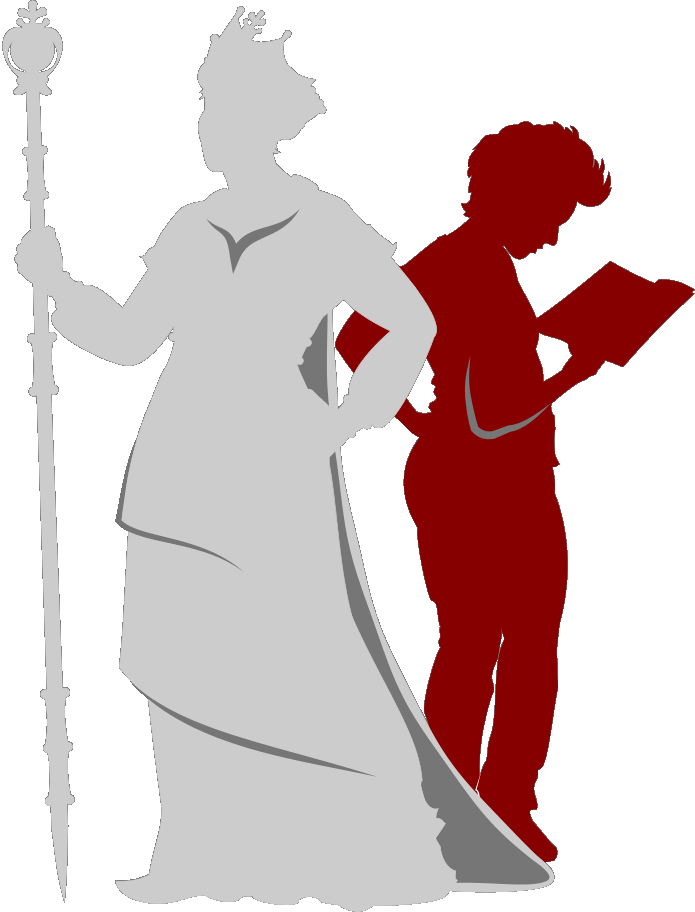


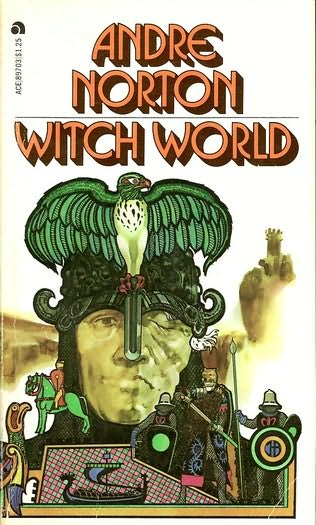
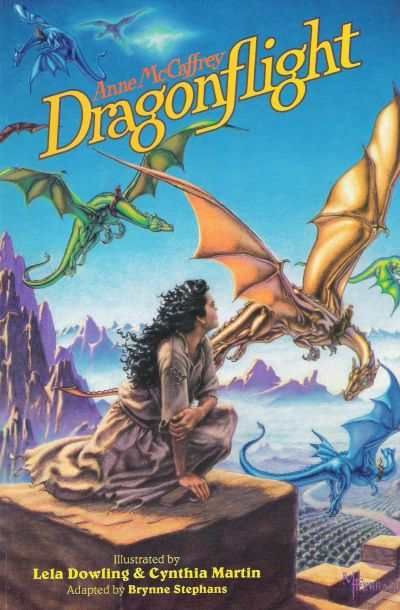
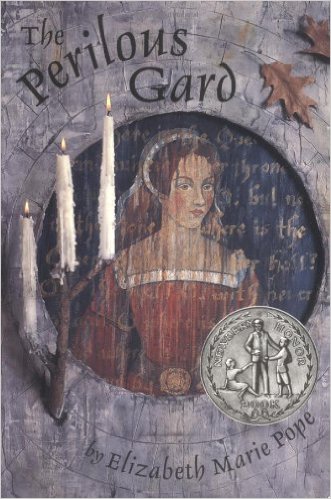
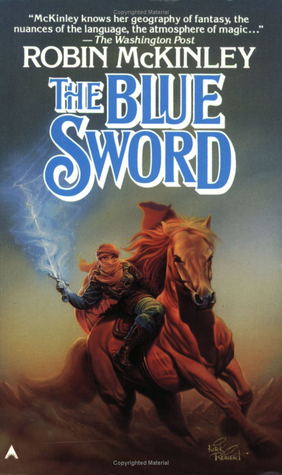
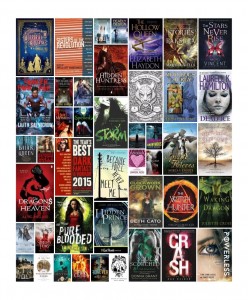
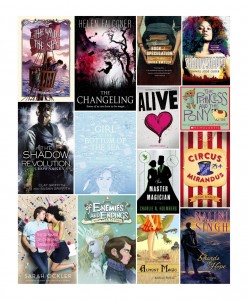
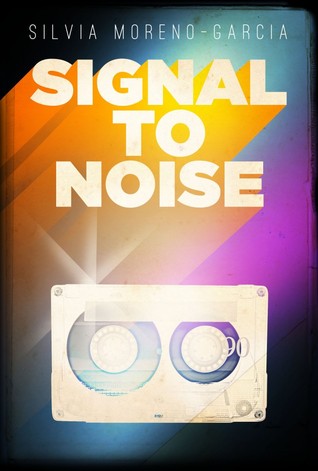
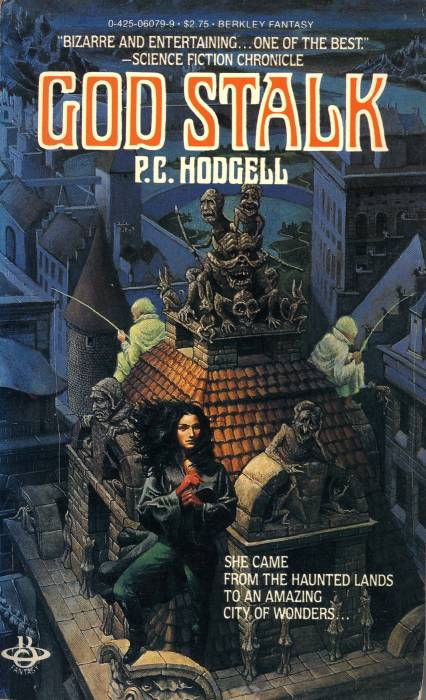
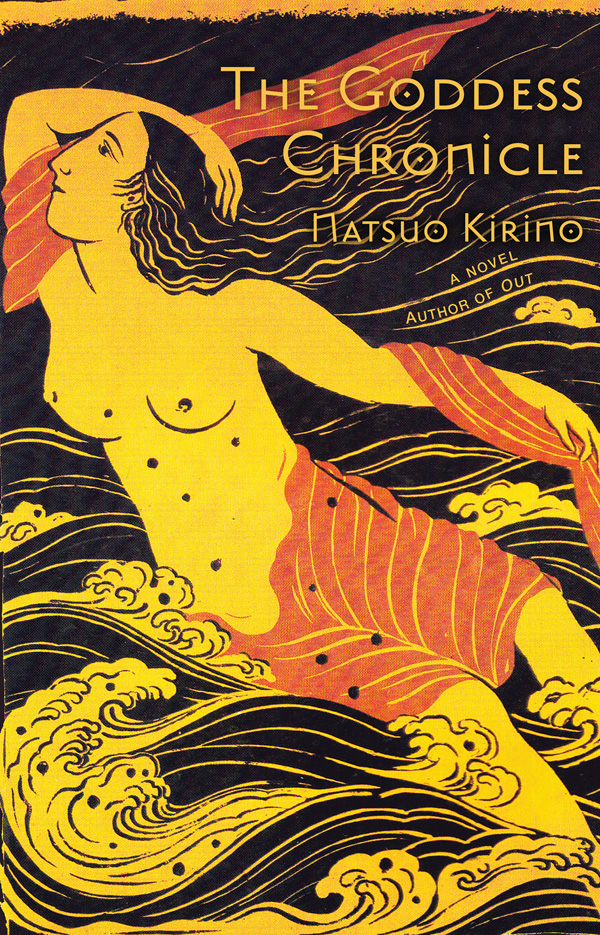
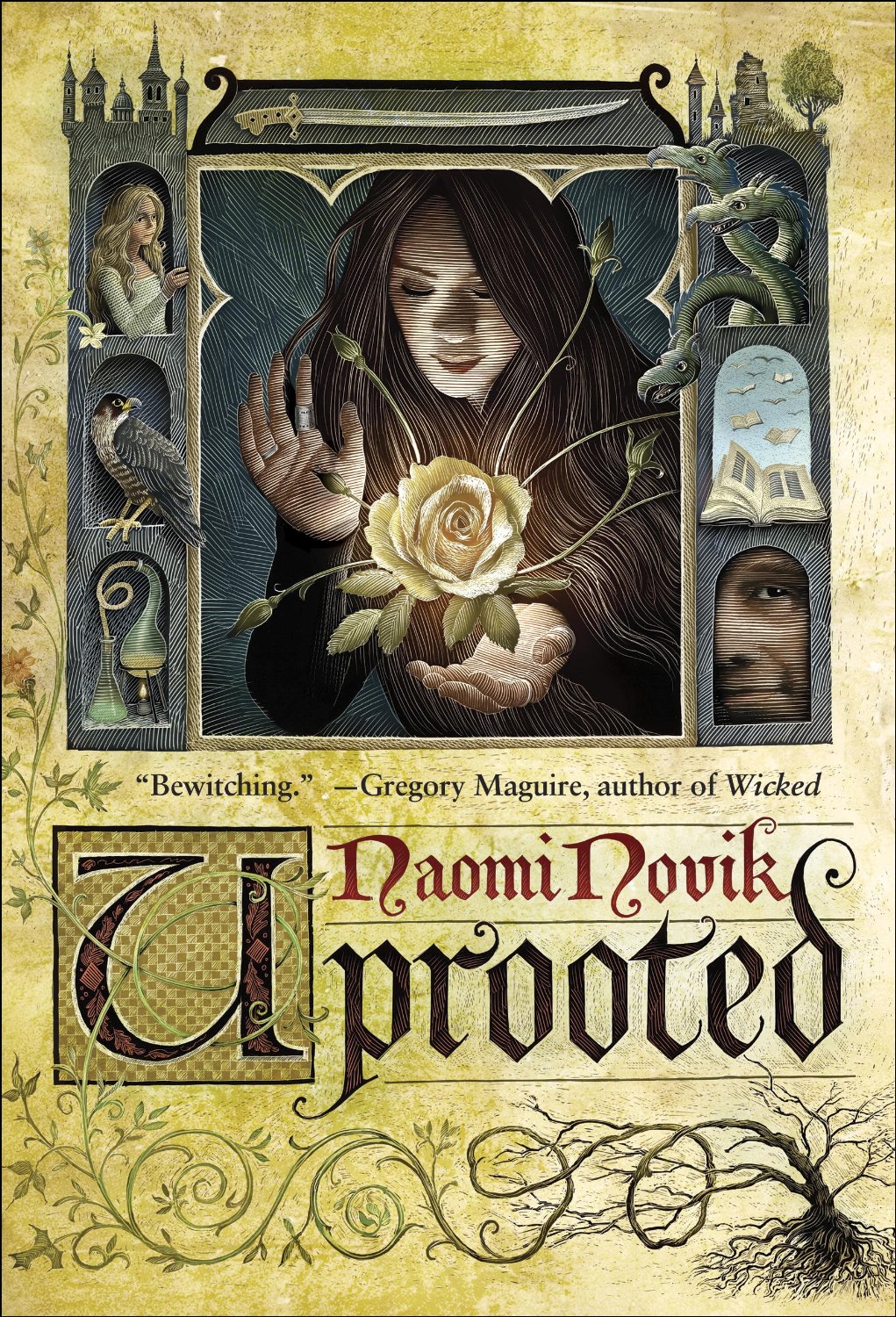
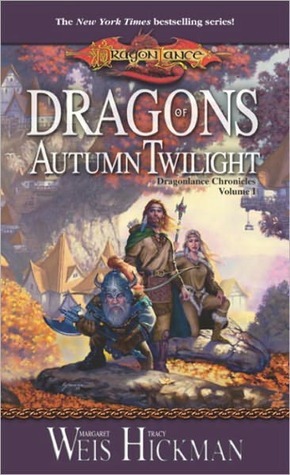
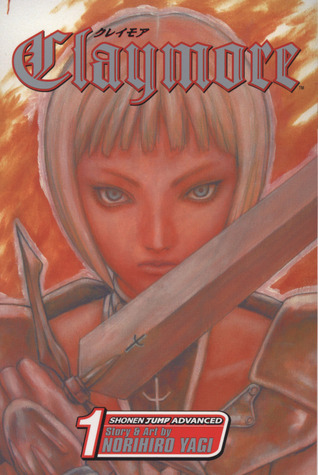
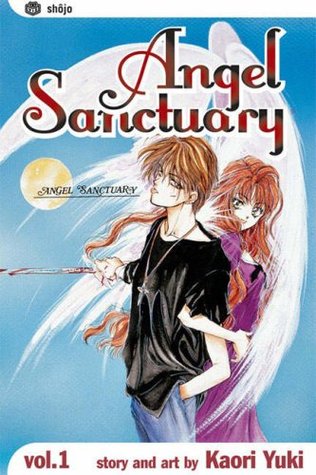


 Mostly, the difference between shorter and longer forms also seems to be in the kinds of structures you can get away with. You have space at novel or novelette length for character development especially, which is something I’m keen on learning to do; you can braid together viewpoints in ways that are hard to pull off at shorter lengths. At the same time, it seems to me that it’s easier to sell more “experimental” forms at shorter length because they can be exhausting to read at longer lengths. My go-to example for this is second person. I love second person—my first sale was a second-person story—but I would not, personally, want to write a novel in it. Certainly it can be done! But I would hesitate to tackle it myself.
Mostly, the difference between shorter and longer forms also seems to be in the kinds of structures you can get away with. You have space at novel or novelette length for character development especially, which is something I’m keen on learning to do; you can braid together viewpoints in ways that are hard to pull off at shorter lengths. At the same time, it seems to me that it’s easier to sell more “experimental” forms at shorter length because they can be exhausting to read at longer lengths. My go-to example for this is second person. I love second person—my first sale was a second-person story—but I would not, personally, want to write a novel in it. Certainly it can be done! But I would hesitate to tackle it myself. The other reason I came to this method of writing was that for years I did the headstrong and stupid thing of starting stories without knowing where I was going or what they were about, and then coming to a dead halt because I had no idea what I was doing. If the method had worked then that would have been fine, but it became clear that it wasn’t working. Once in a while I’d finish a story; more often I’d end up with another half-written digital corpse. So I switched methods. I decided to switch to a proof-like method of writing, where I wanted to know what the “theorem”—the conclusion or ending—was in advance, and then I would work out what I needed in order to get there.
The other reason I came to this method of writing was that for years I did the headstrong and stupid thing of starting stories without knowing where I was going or what they were about, and then coming to a dead halt because I had no idea what I was doing. If the method had worked then that would have been fine, but it became clear that it wasn’t working. Once in a while I’d finish a story; more often I’d end up with another half-written digital corpse. So I switched methods. I decided to switch to a proof-like method of writing, where I wanted to know what the “theorem”—the conclusion or ending—was in advance, and then I would work out what I needed in order to get there. There are other inspirations I just flirt with. The reanimation system in “Bones of Giants” was based on my fascination with traditional 2D animation. I don’t draw well enough to attempt it myself, but I love reading about it, and I’m in awe of the skill involved. I also get inspiration from things like anime—the two characters in “Bones of Giants” are based on Heero Yuy and Duo Maxwell (gender-flipped to Sakera, female) from the anime show
There are other inspirations I just flirt with. The reanimation system in “Bones of Giants” was based on my fascination with traditional 2D animation. I don’t draw well enough to attempt it myself, but I love reading about it, and I’m in awe of the skill involved. I also get inspiration from things like anime—the two characters in “Bones of Giants” are based on Heero Yuy and Duo Maxwell (gender-flipped to Sakera, female) from the anime show  And the dolls in “
And the dolls in “ YOON: I feel odd admitting this, but part of my philosophy toward the reader comes from Sun Tzu’s
YOON: I feel odd admitting this, but part of my philosophy toward the reader comes from Sun Tzu’s 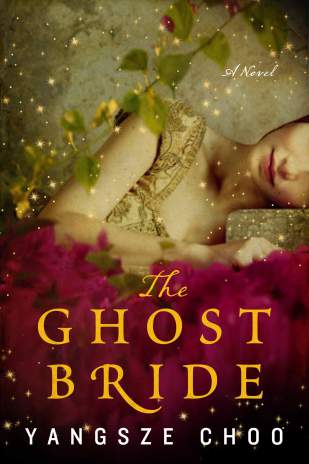
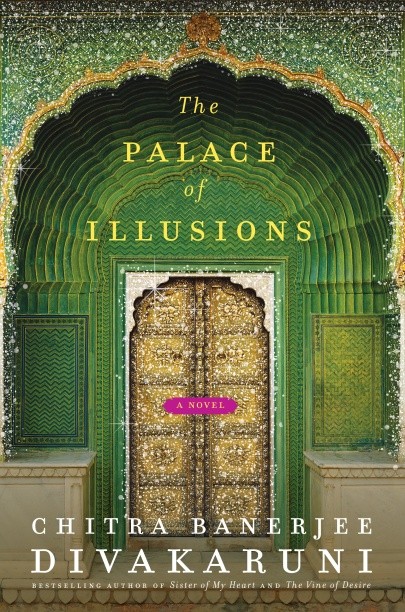
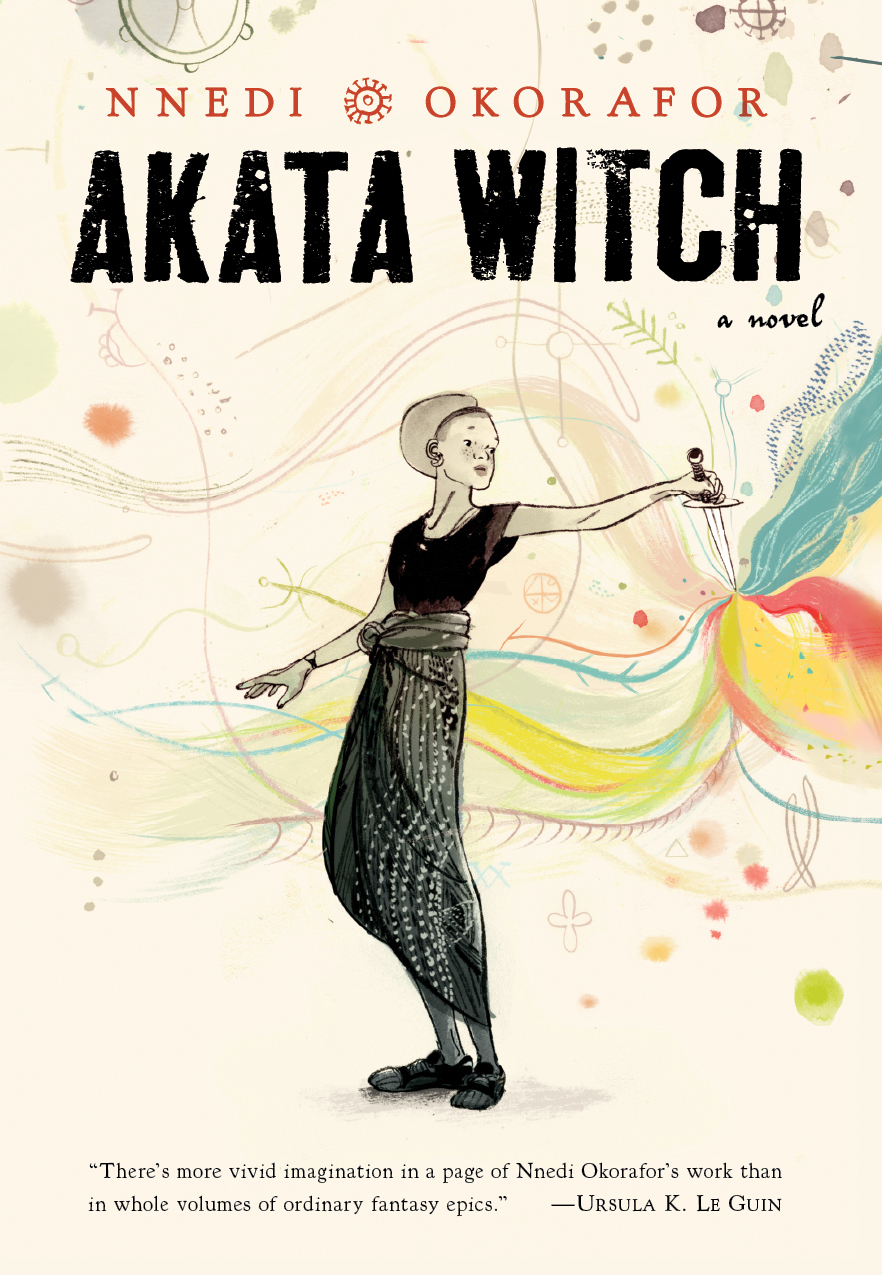
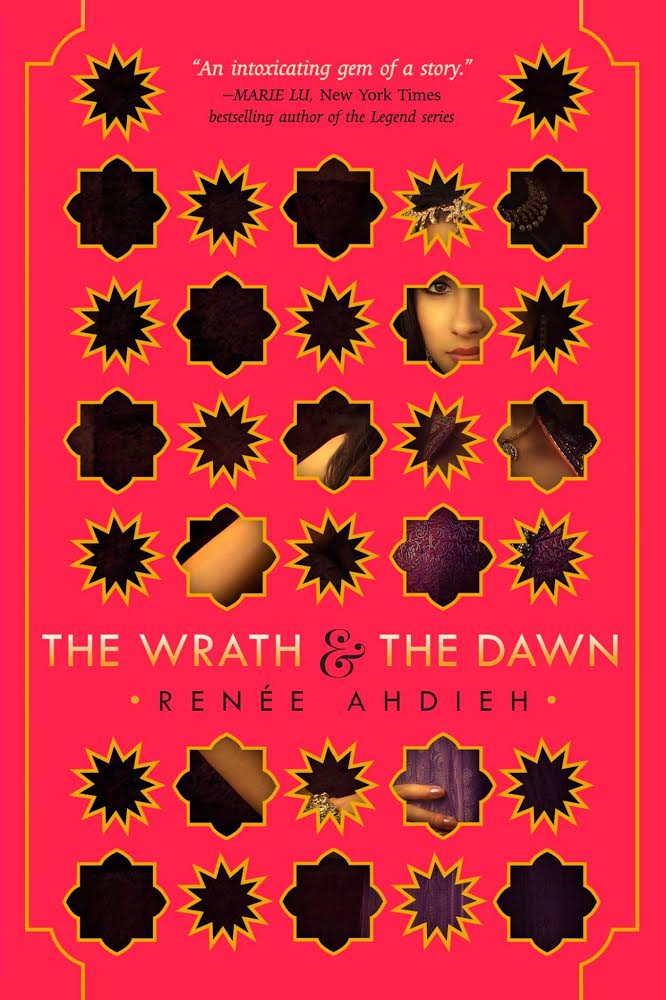
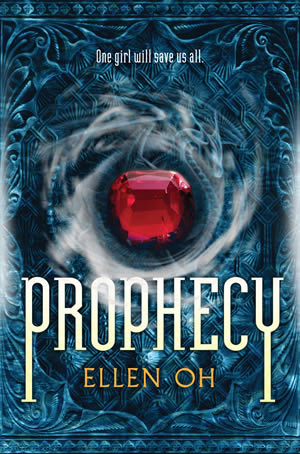
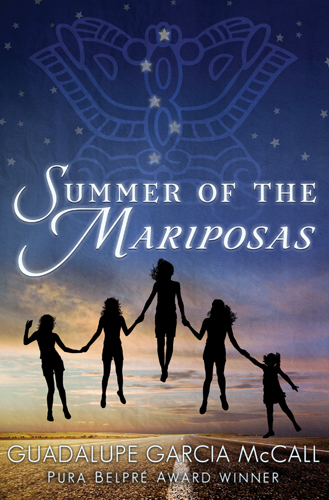
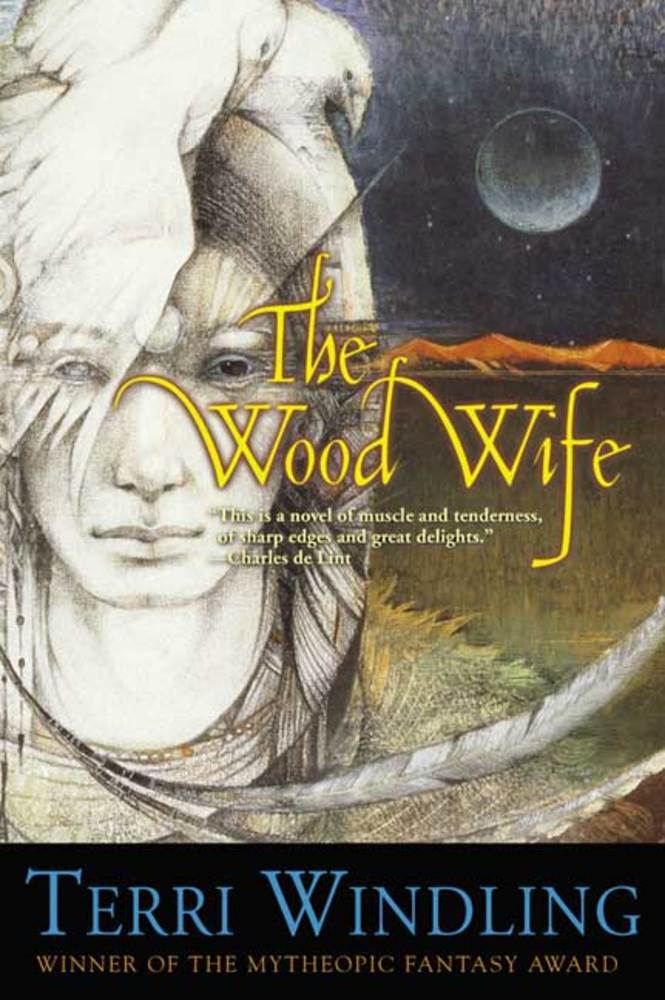
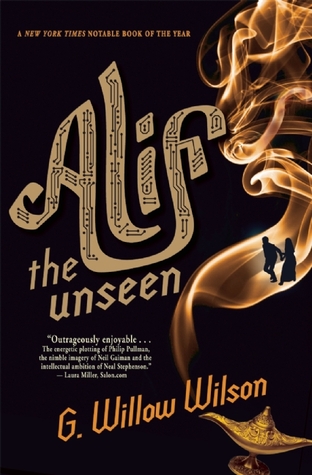
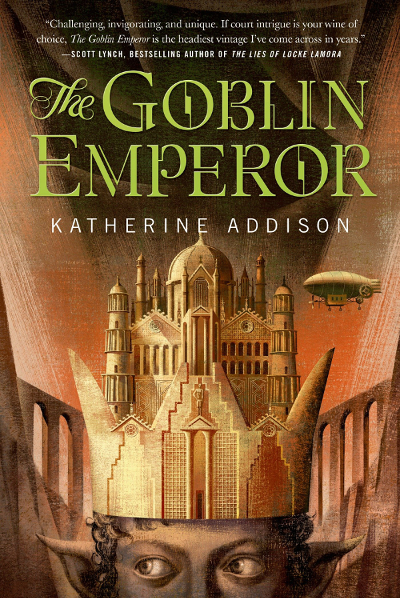
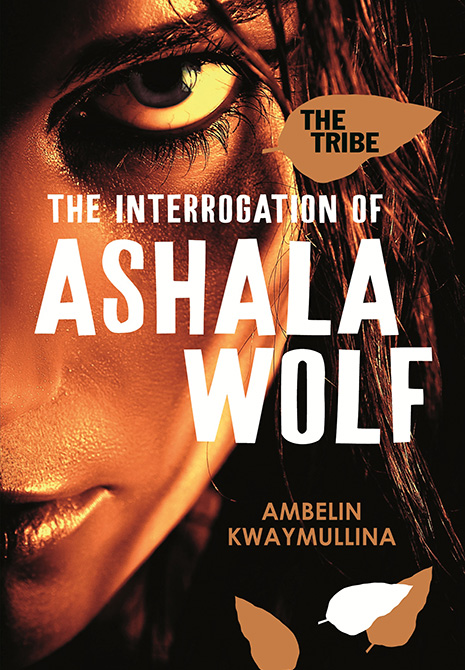
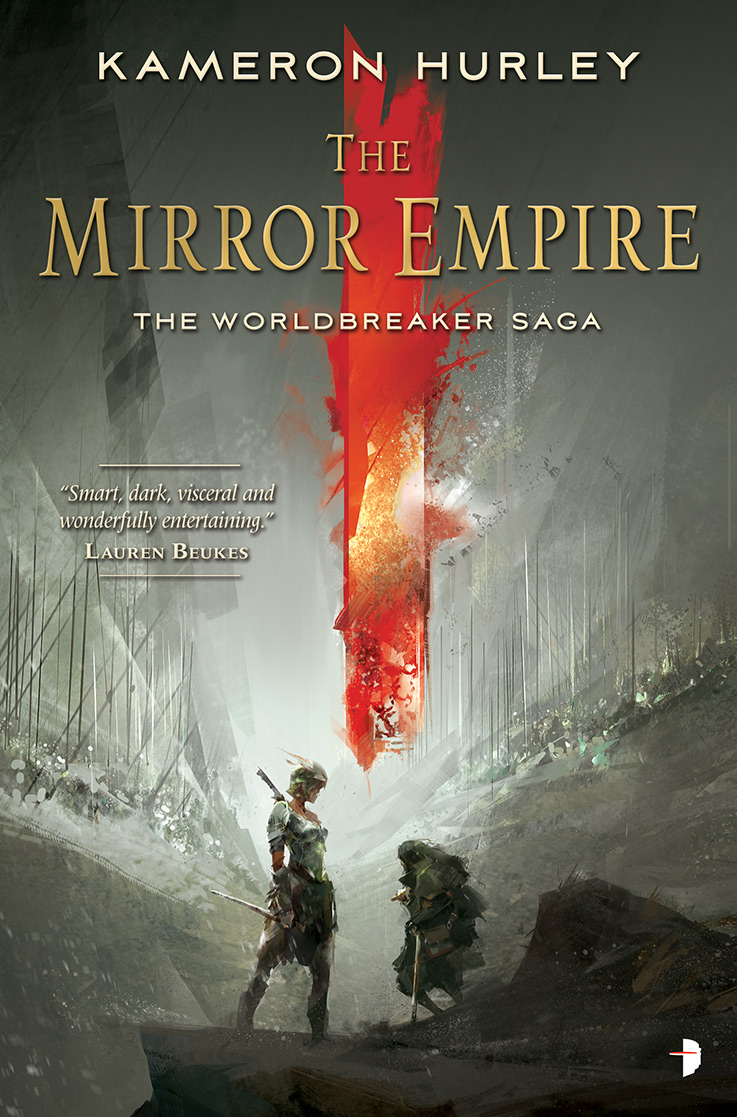
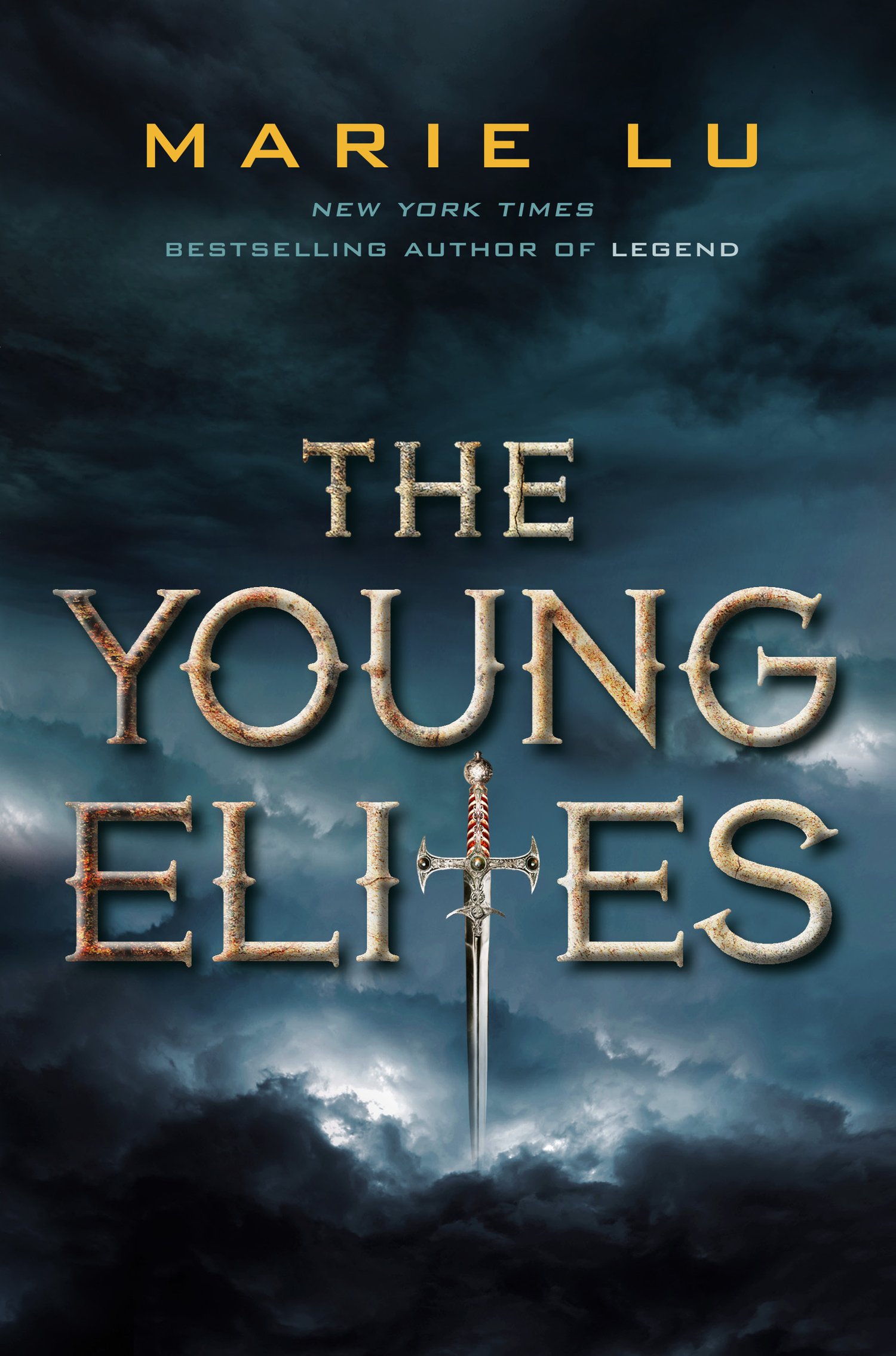
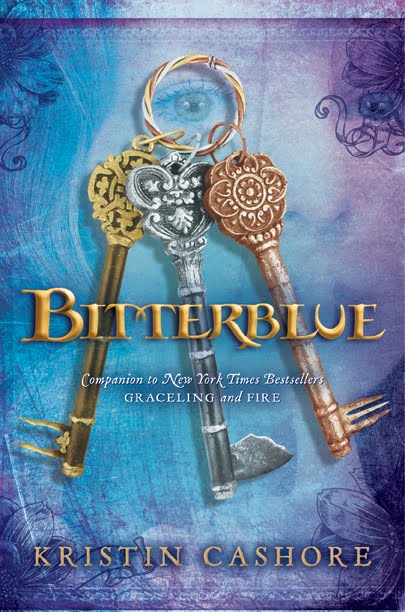
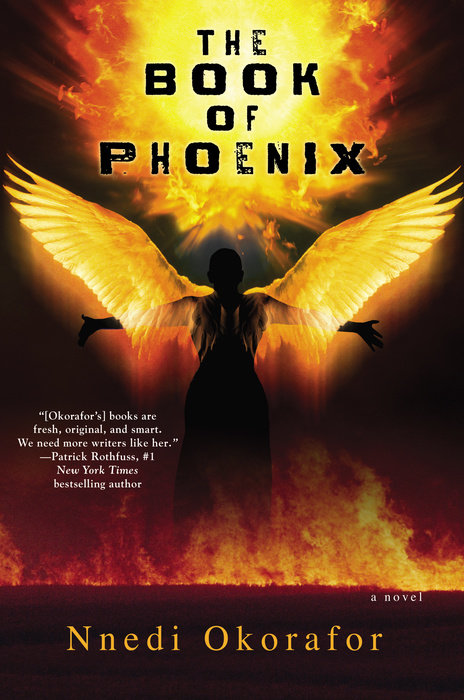
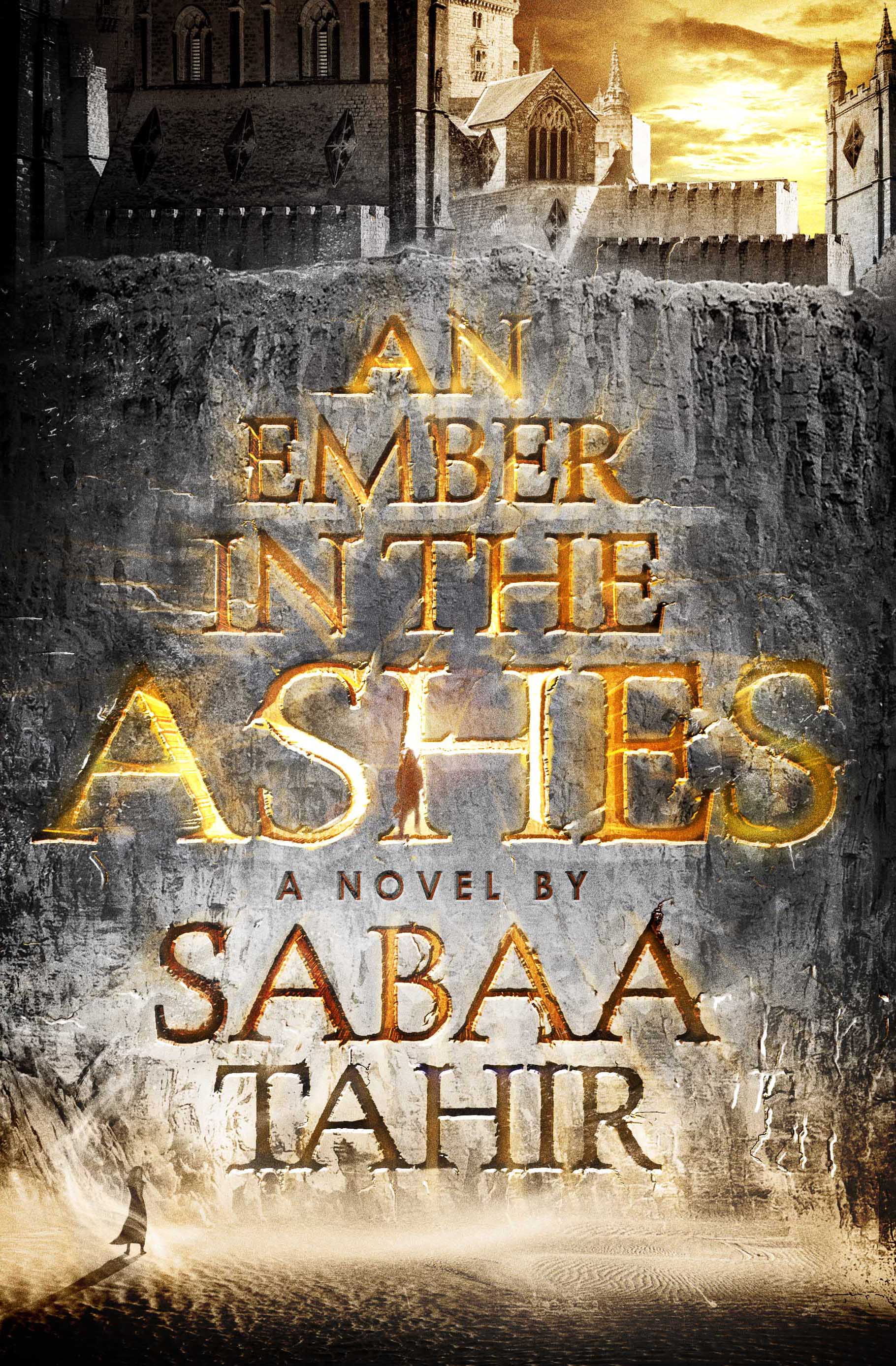
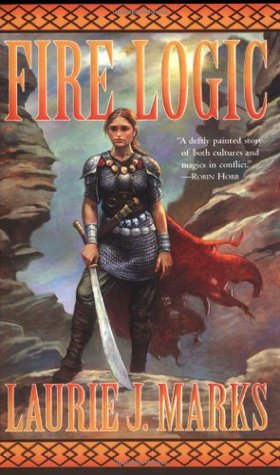
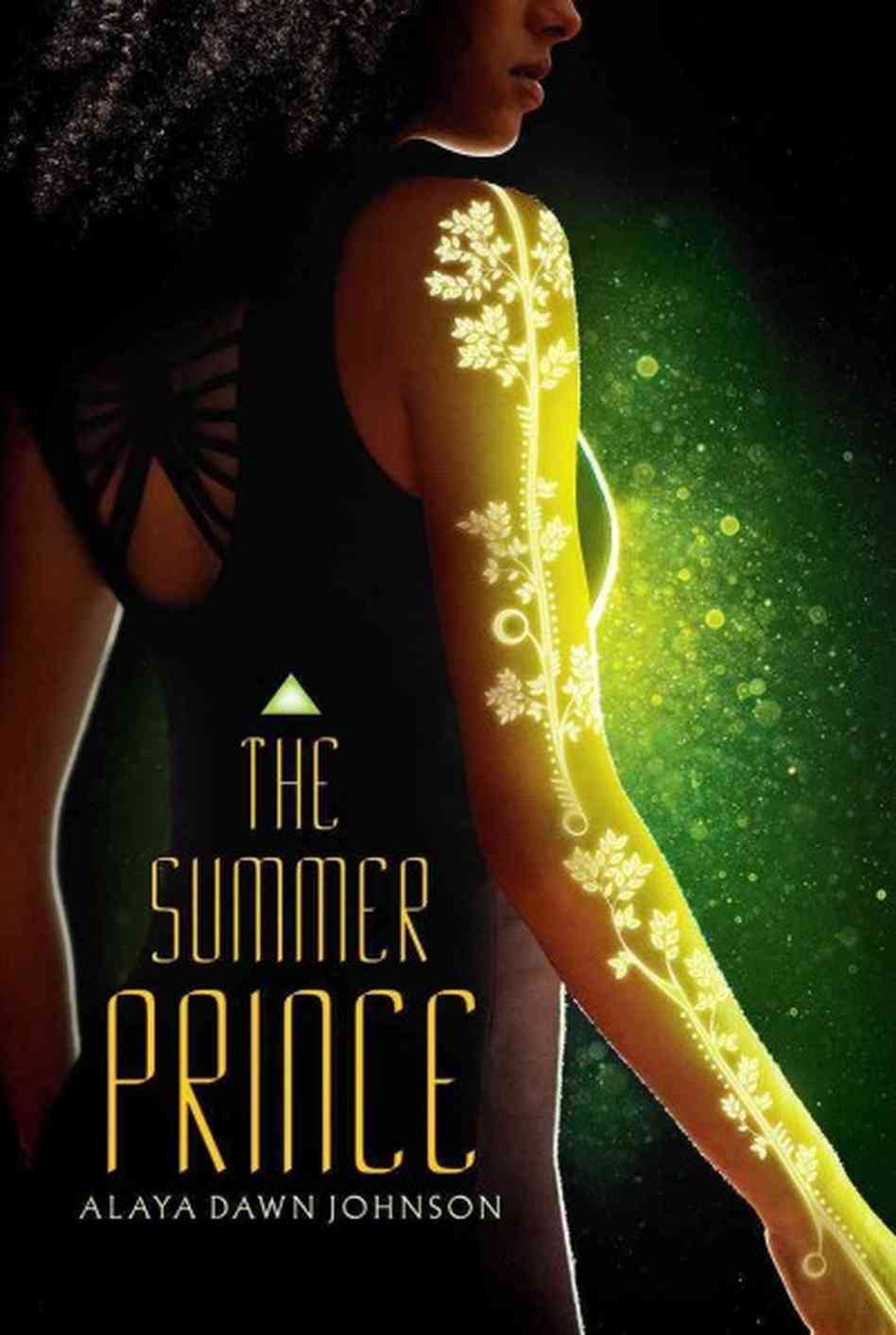
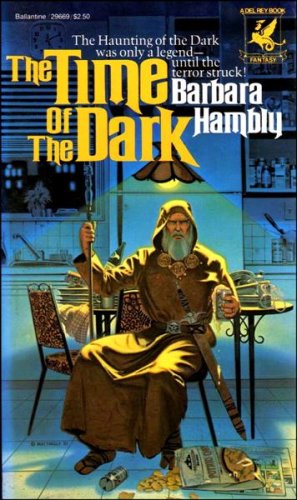
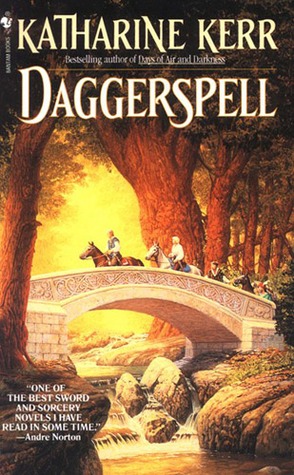
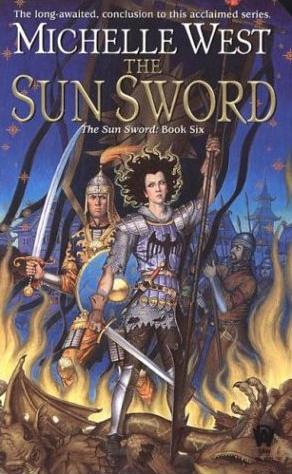
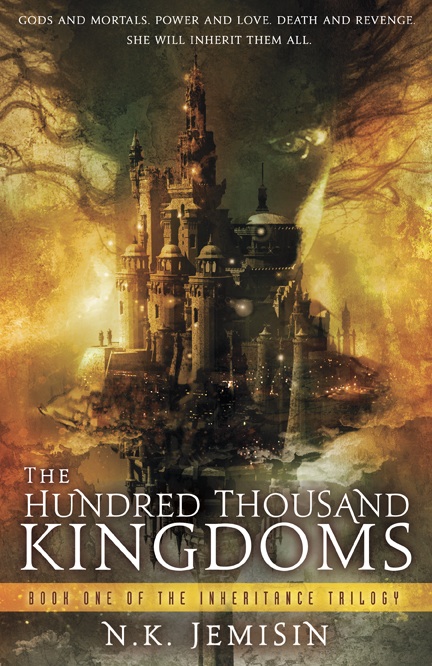

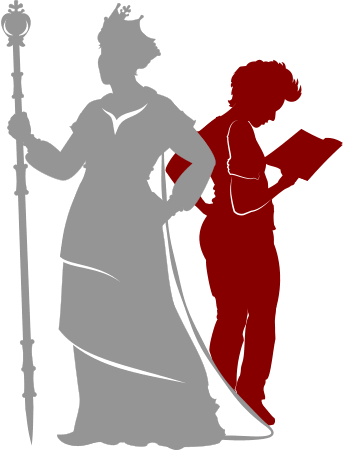

Connect with the Sirens community
Sign up for the Sirens newsletter